We covered the CPU-400 as a news post with some preliminary data back when we first got our sample. Now that we have all the info including the final price we can publish the full data.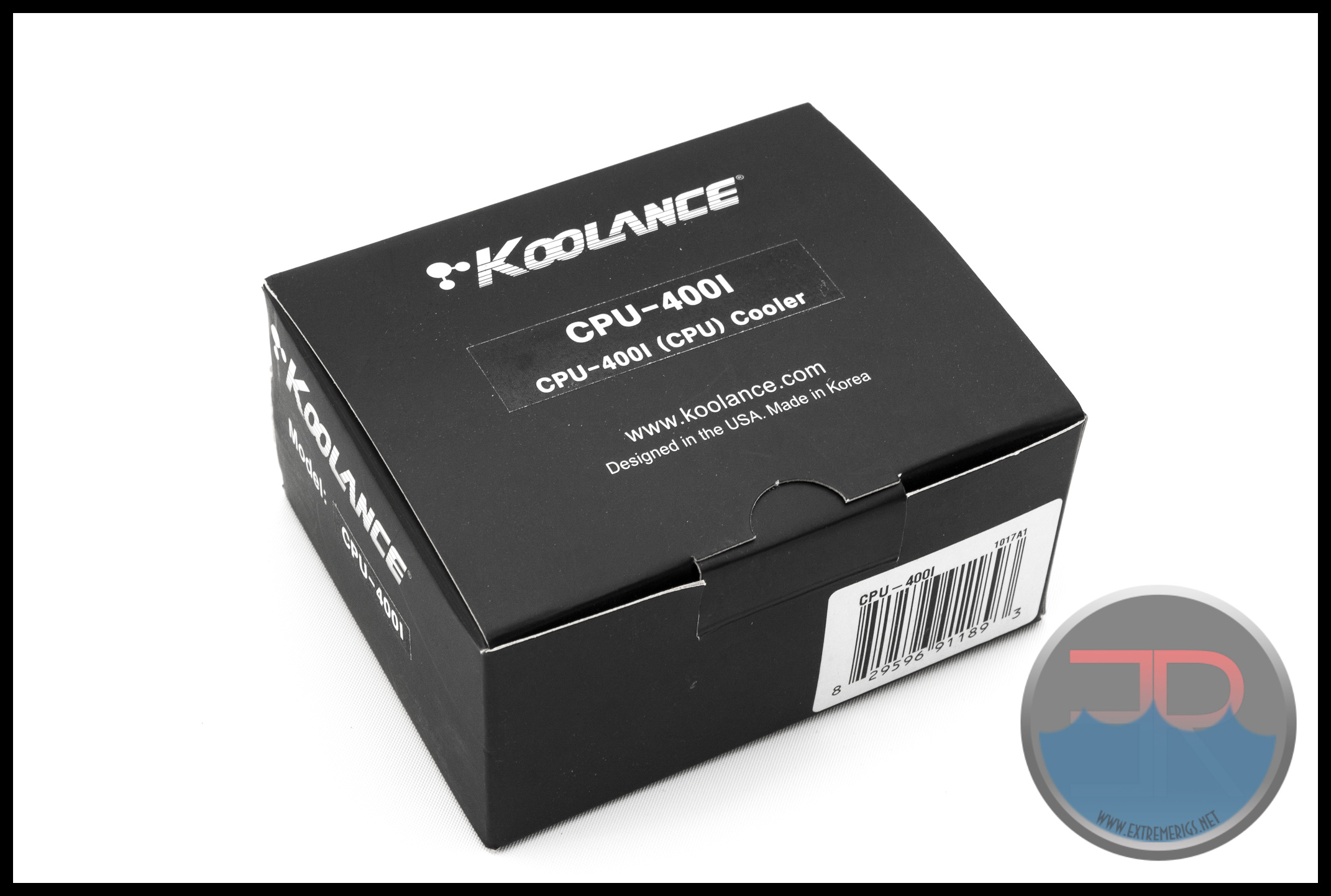 We will be testing the threadripper version very soon (which has been updated since the version we showed earlier).
We will be testing the threadripper version very soon (which has been updated since the version we showed earlier).
Let’s start off with unboxing the Intel version (CPU-400I):
The packaging is standard for Koolance as are the supplied backplates and accessories which as usual support all recent Intel CPUs. However the mounting nuts and standoffs are different this time around:
The old nuts would let the screw thread protude through the top and that looked a little ugly. These new nuts lose the ability to be tightened with a wrench and instead have ribs for your fingers as well as a single slot on top for a screwdriver if needed.
The CPU block consists of a nickel plated copper base, a POM top with a black “brushed” finish on a metal plate. The design is relatively simply and should please those who prefer subtlety over flashing LEDs.
The metal plate folds around the top to clamp underneath.
Underneath the block we see the nickel plated base is secured with 4 torx head screws. This is identical to previous designs and we have no issue with that. The tool required to open the block is supplied in the accessory bag. The base is protected during shipping with a plastic sticker:
The plating is gorgeous and has a very nice mirror finish:
By looking at the reflection we can get a feel for the shape of the “bow” of the block. We can make out a large rectangular area in the center that is surrounded by distortion. If this area is able to make good contact with the CPU then performance may be good.
The mounting bracket is extremely sturdy. We suspect it’s powder coated steel and we expect zero flex from it.
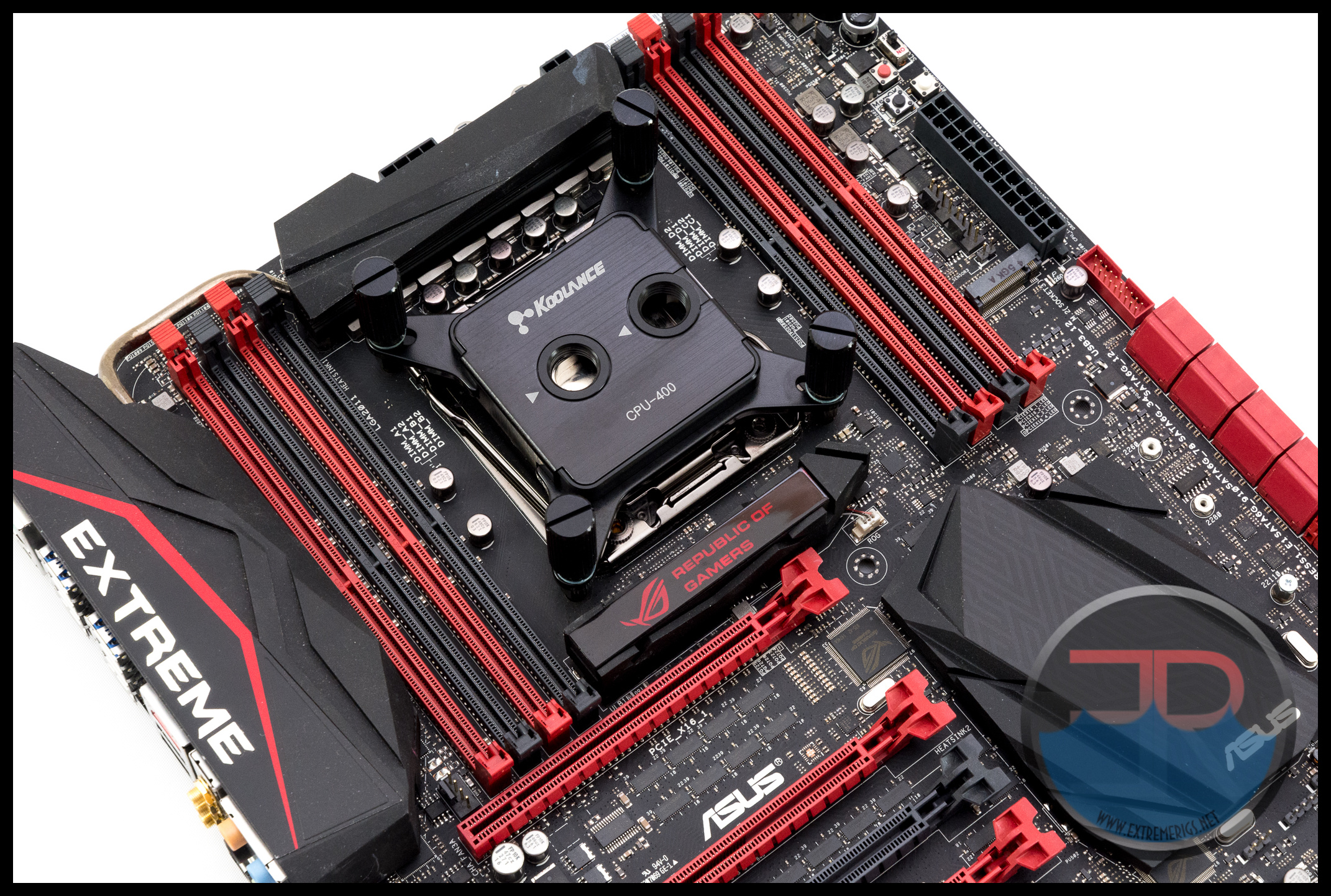 The block is quick and easy to mount. The simple black color scheme should go with any motherboard. The ports are well enough spaced that Koolance’s large 3/4″ OD fittings have no problem fitting:
The block is quick and easy to mount. The simple black color scheme should go with any motherboard. The ports are well enough spaced that Koolance’s large 3/4″ OD fittings have no problem fitting:
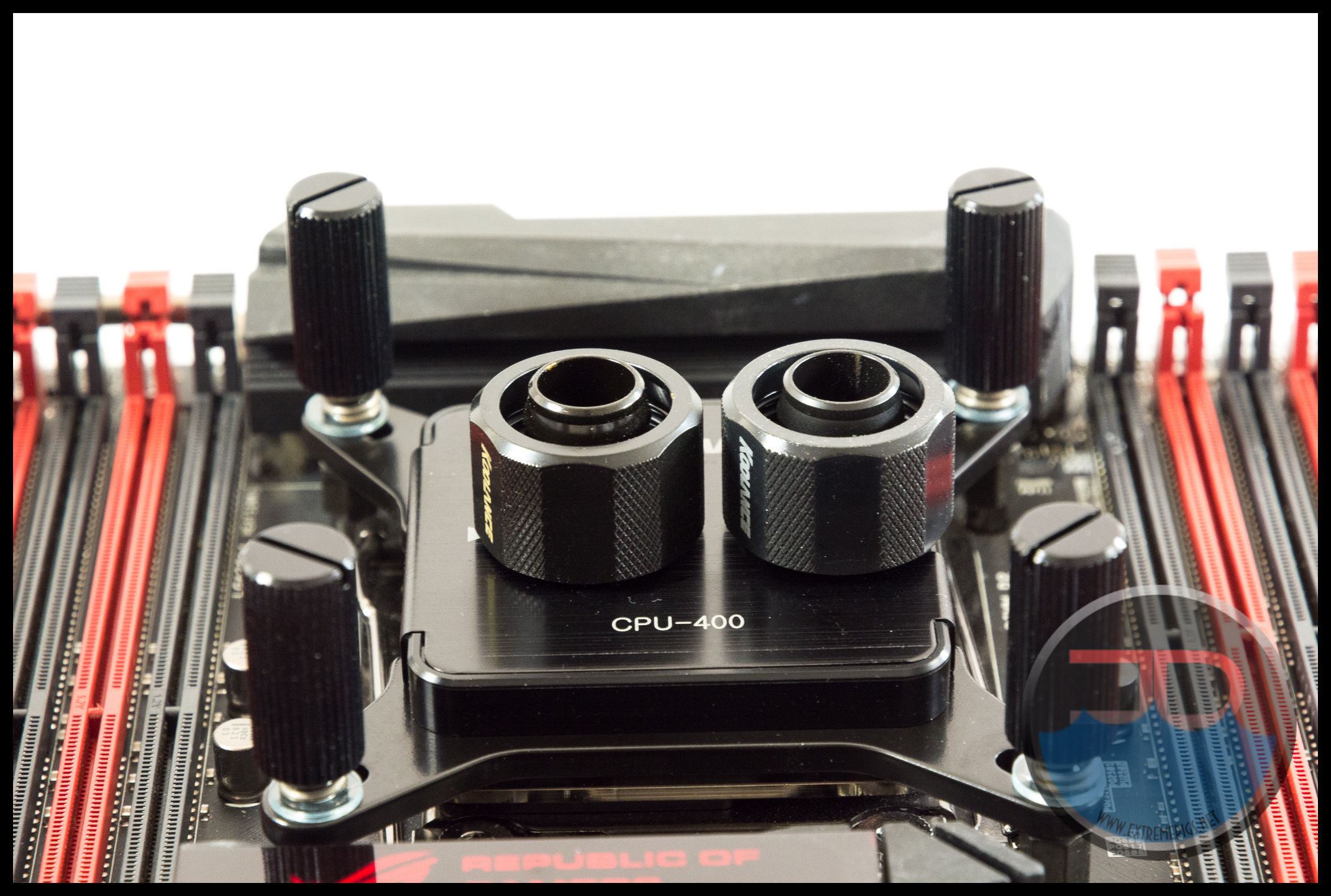 This photo also shows just how massive those thumbscrews are. Personally I think they could have been shrunk down a little. I find that is quite disruptive to the aesthetic flow of a build and was quite a fan of AquaComputer’s low profile mount on it’s most recent block.
This photo also shows just how massive those thumbscrews are. Personally I think they could have been shrunk down a little. I find that is quite disruptive to the aesthetic flow of a build and was quite a fan of AquaComputer’s low profile mount on it’s most recent block.
Of course the proof will be in the thermal numbers. Here’s the two CPU-400 blocks next to the older CPU-390 designs:
Unlike the CPU-390 there will not be multiple versions of the blocks with acrylic and nickel tops. So let’s now take a look at some thermal results.
As usual in our testing we perform 6 mounts of the block using a TIM with zero burn in. We load the system with a custom Prime95 run and log data for a minimum of two hours. We then throw out the first 15 minutes to ignore any system equilibrium issues and then automatically choose a 15 minute window of data with the lowest temperature variation. 15 minutes is long enough to get good data, but short enough that you can find a window that avoids temperature spikes from doors opening and closing. Let’s first take a look at the average of all the data we have:
The CPU-400 beats the old CPU-390 by 0.6-0.7C. As expected – the goofy rotation is optimal for socket 2011. As a reminder – this is what the goofy orientation looks like:
Let’s order the results by performance and remove the worst rotations:
The average is very close to the Alphacool block which has so many reasons not to like it – such as not being serviceable. In fact if we look closer at the data we see that the CPU-400 actually has the best single result of all time beating Alphacool by 0.4C:
So why does the average get worse? Simply put the Alphacool block has very consistent mount to mount performance. All 6 mounts gave a standard deviation of 0.3C vs 1C for the Koolance block. If we look at 99% confidence intervals then we get an idea for where the performance of the block likely would be:
And again the same data with only the best rotations sorted by average:
So here we can see that in the big picture once you take into account mount variation there is significant overlap between many of the blocks. However Koolance have still acheived great things here. This block has the single best cooling performance of any block we’ve ever tested.
So Koolance definitely have a winner here with a noticeable improvement over the 390; in fact the cooling potential of the block is the best around. The only criticism so far is that the mount variation is lacking – however often good repeatability is due to a consistently poor mount more than a consistently good mount.
Now let’s check flow/restriction of the block. We do this by varying flow through the block and measuring the pressure drop across the block with a manometer. This gives us a sense of how much pump power you will need for the block or how much it will affect flow rate.
Both versions of the CPU-400 tested very similarly indicating that the cooling core is the same. However the Threadripper design has been updated – so this data will most likely change a little.
In comparison to the Heatkiller IV the data is similar. We have a somewhat arbitrary rule of thumb that block restriction should be <1PSI at 1GPM. This block complies with that. If we compare it to all blocks we’ve tested at 1GPM we can see it’s fairly “normal”:
So there is no reason to not buy this block based on restriction, nor will you need a high pressure pump setup.
Summary – Gold Award
So in conclusion Koolance have launched an updated CPU block to the awesome CPU-390. The performance has increased and the CPU-400 holds the honor of the single best thermal result of all time. While I personally preferred the aesthetic of the CPU-390, the block still looks classy and the new mounting nuts are a welcome change. The price is reasonable at $90, and restriction is totally fine too. This is our new recommended block to buy for Intel setups.
Where to buy:








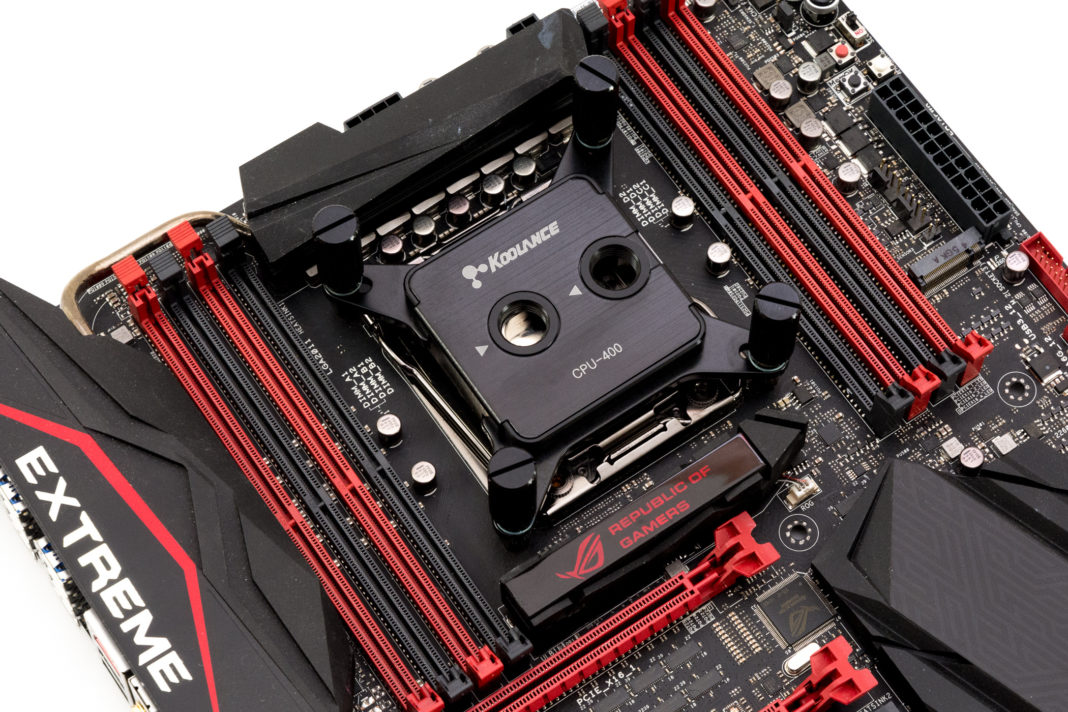
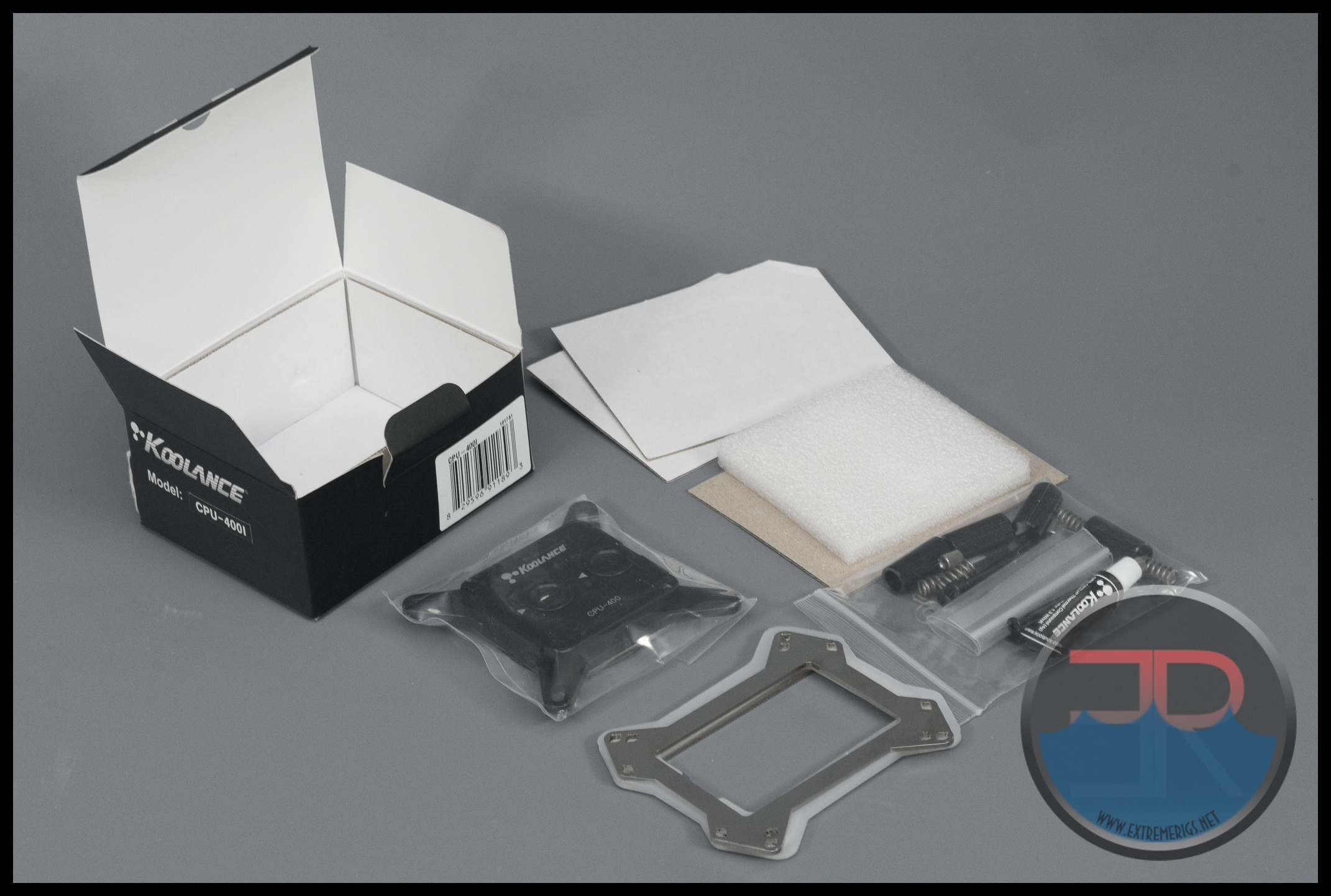
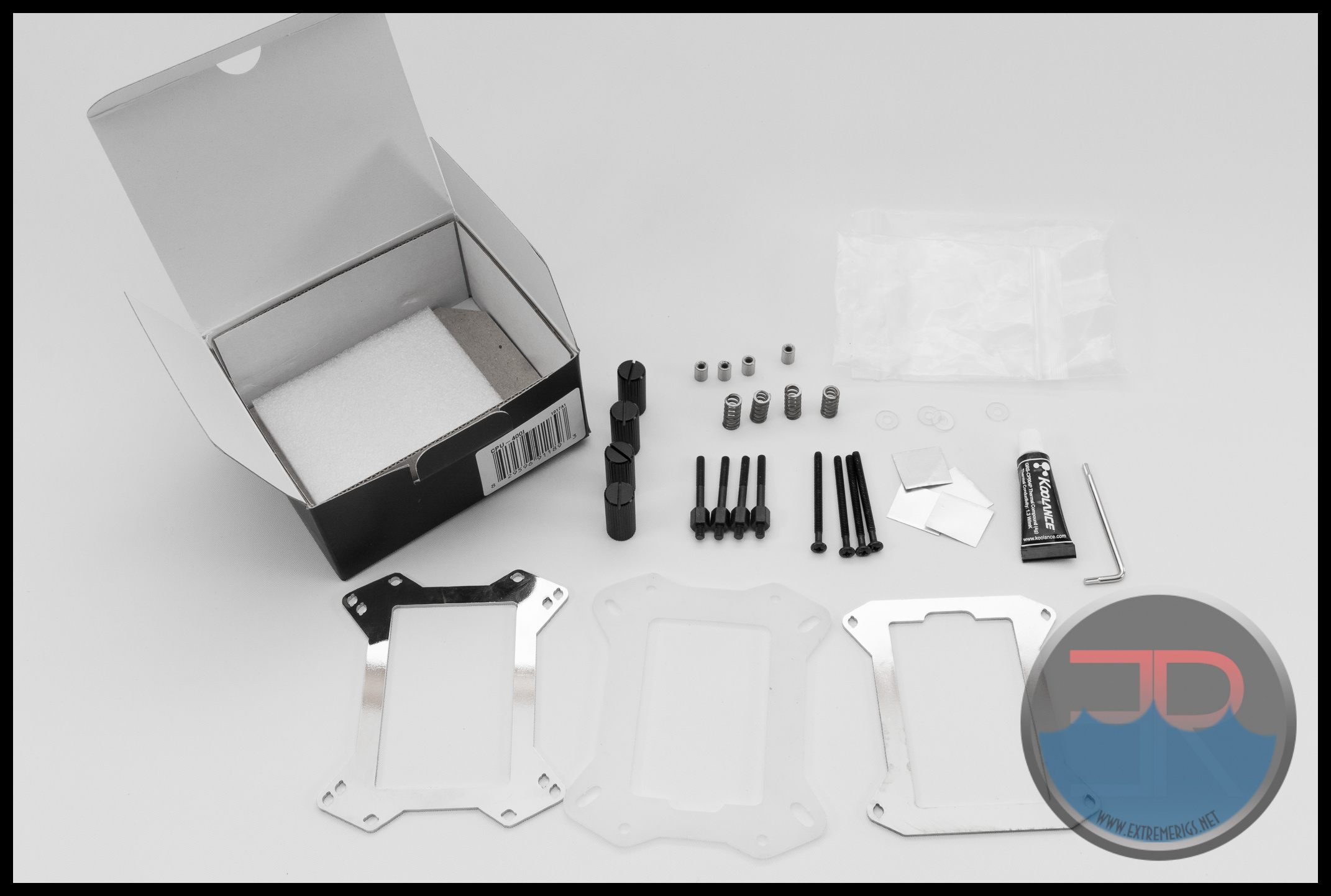
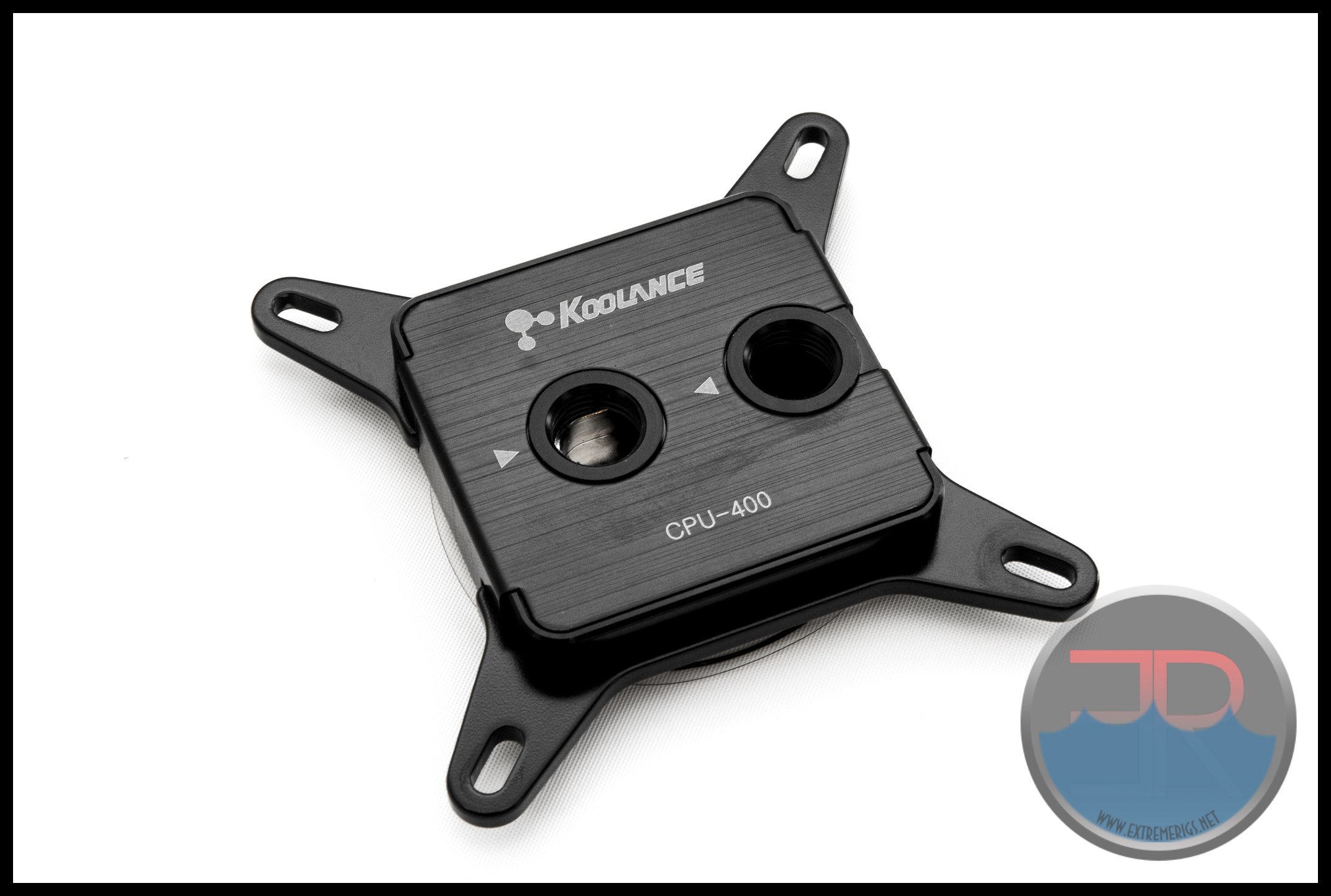
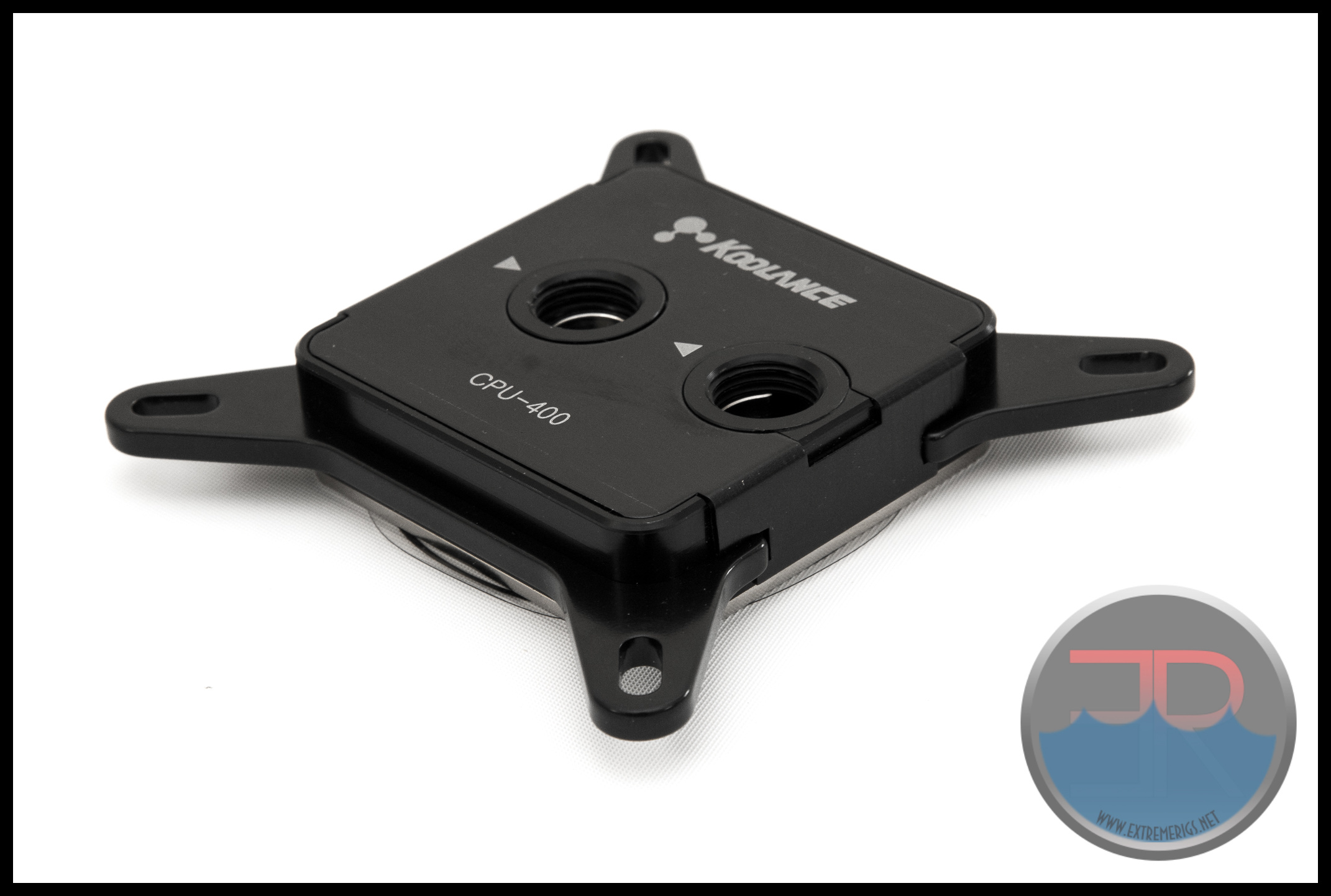
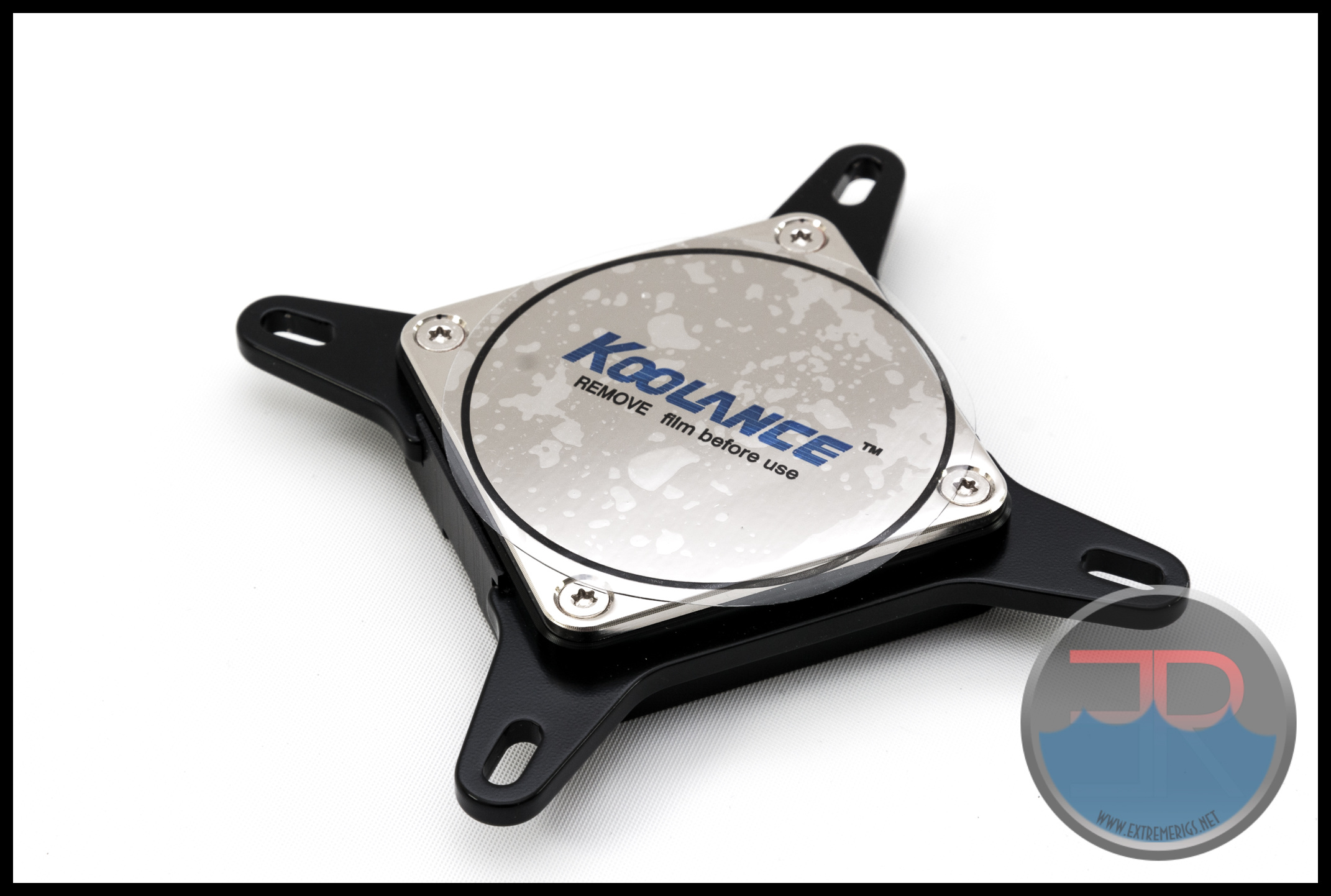
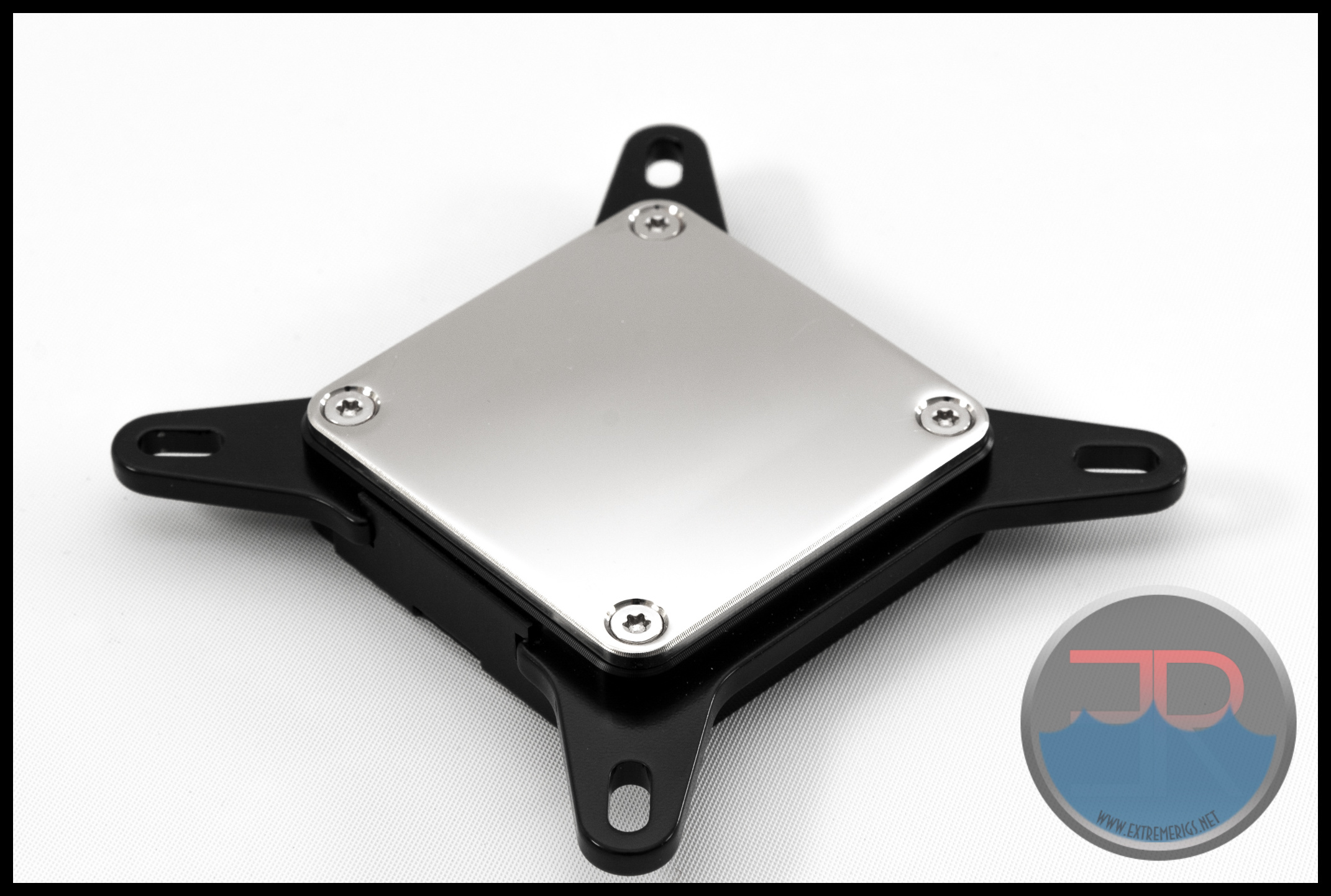
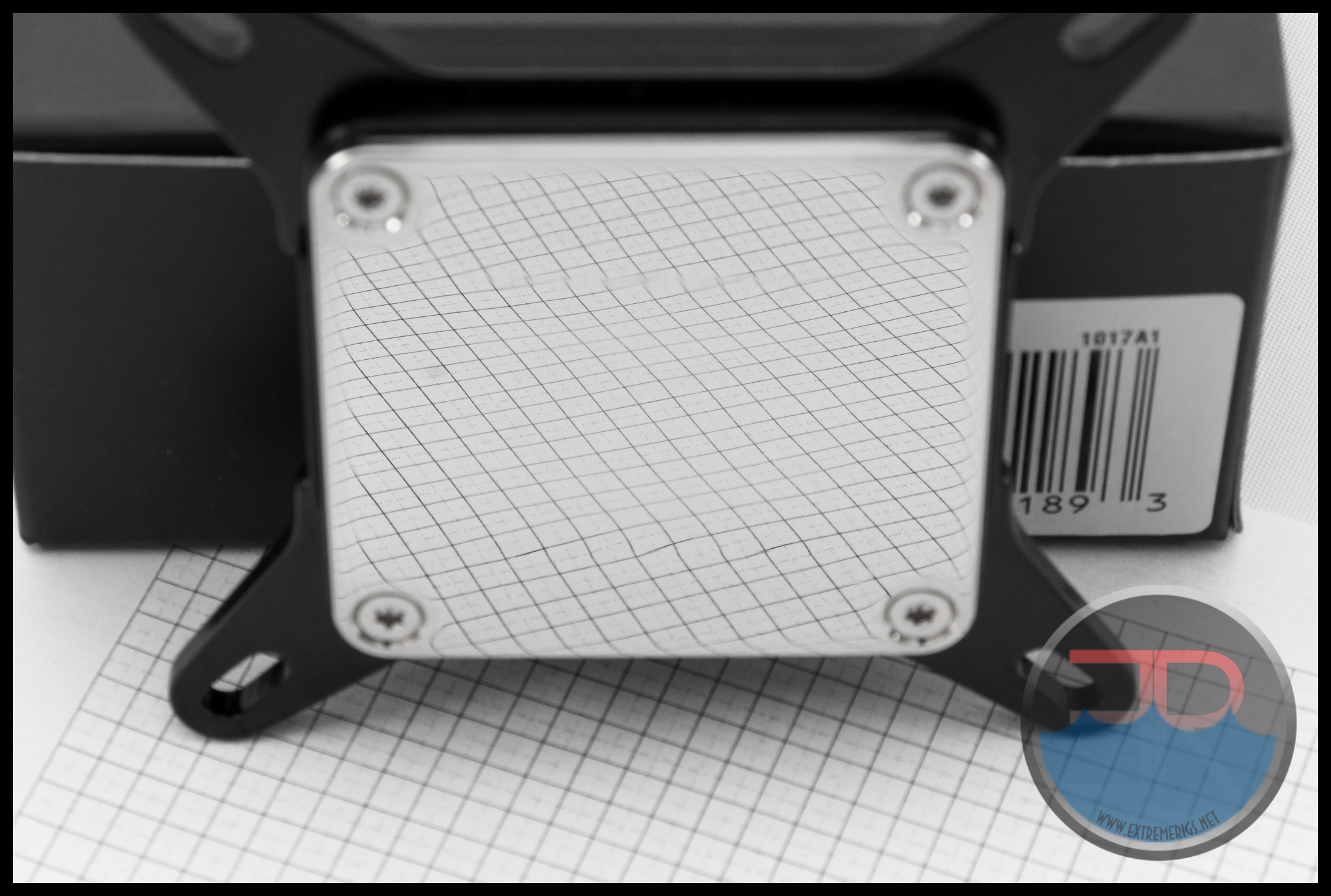
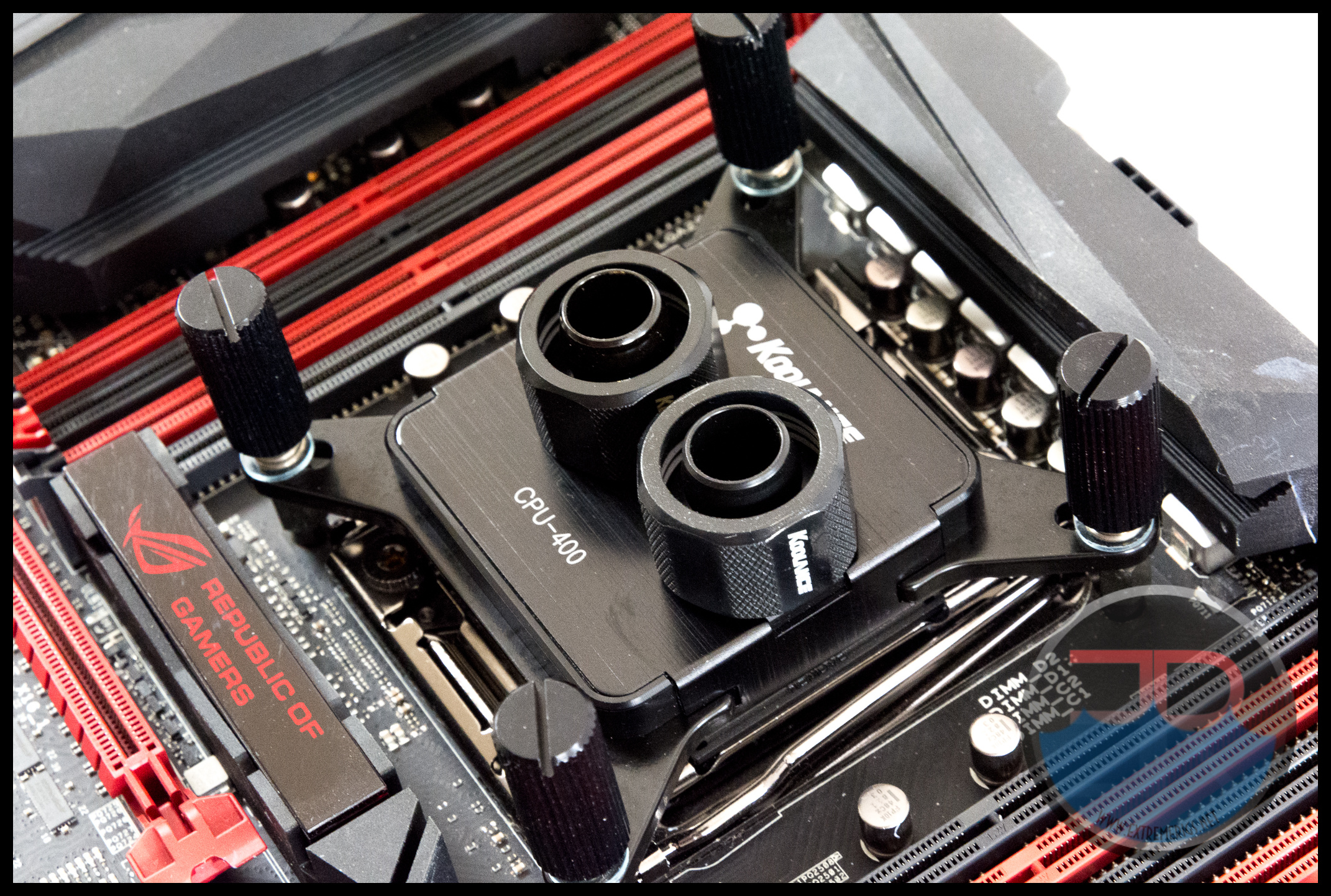
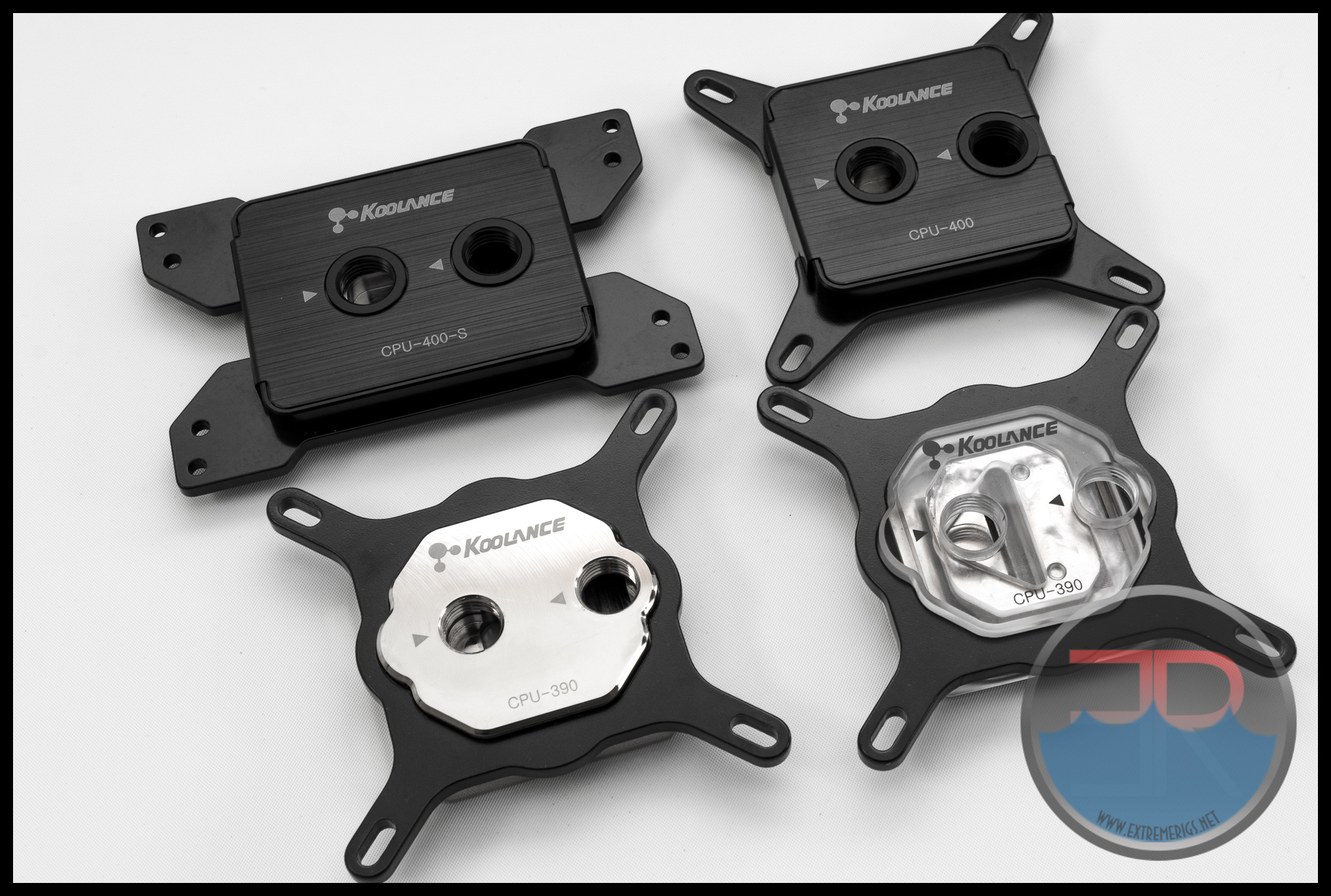
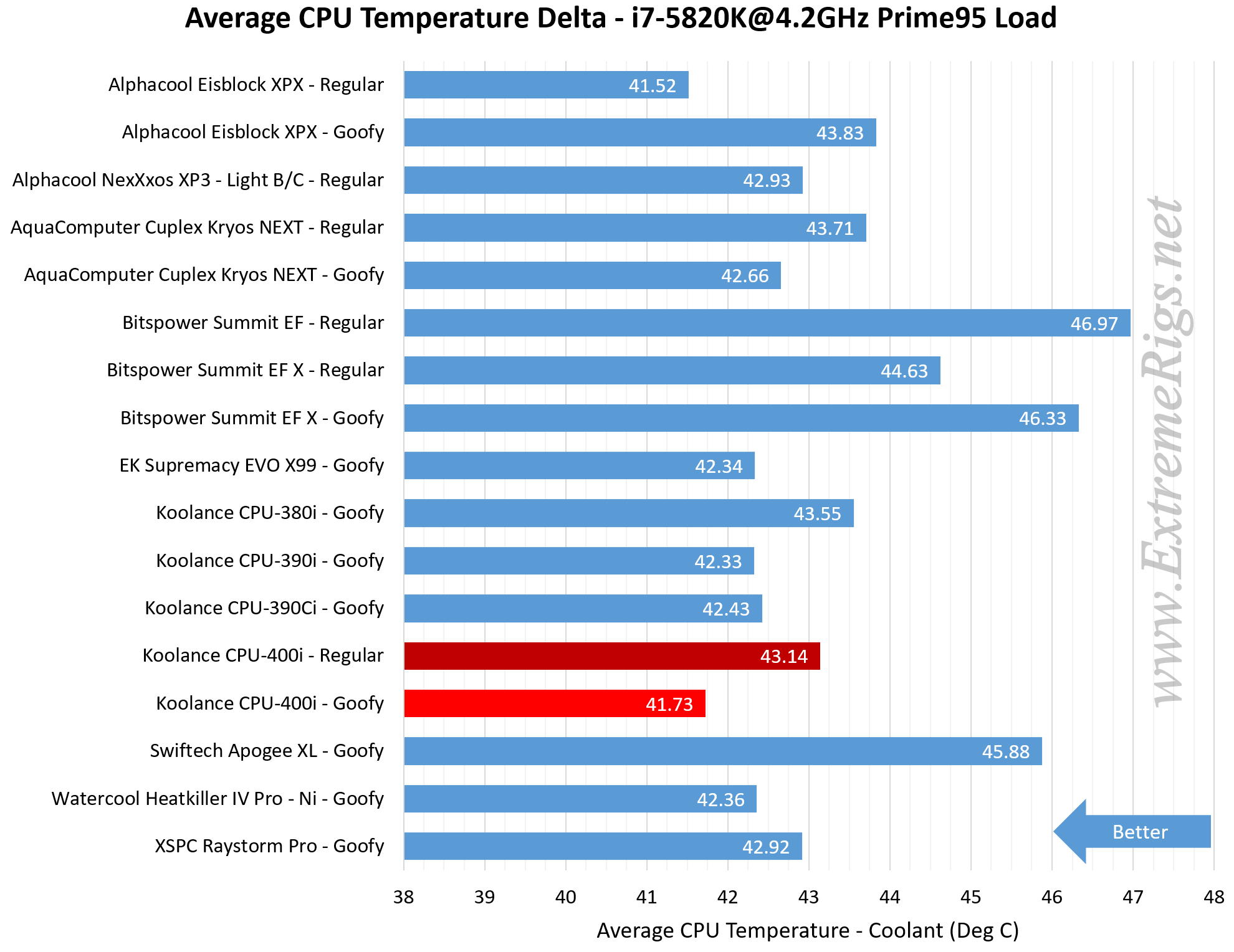
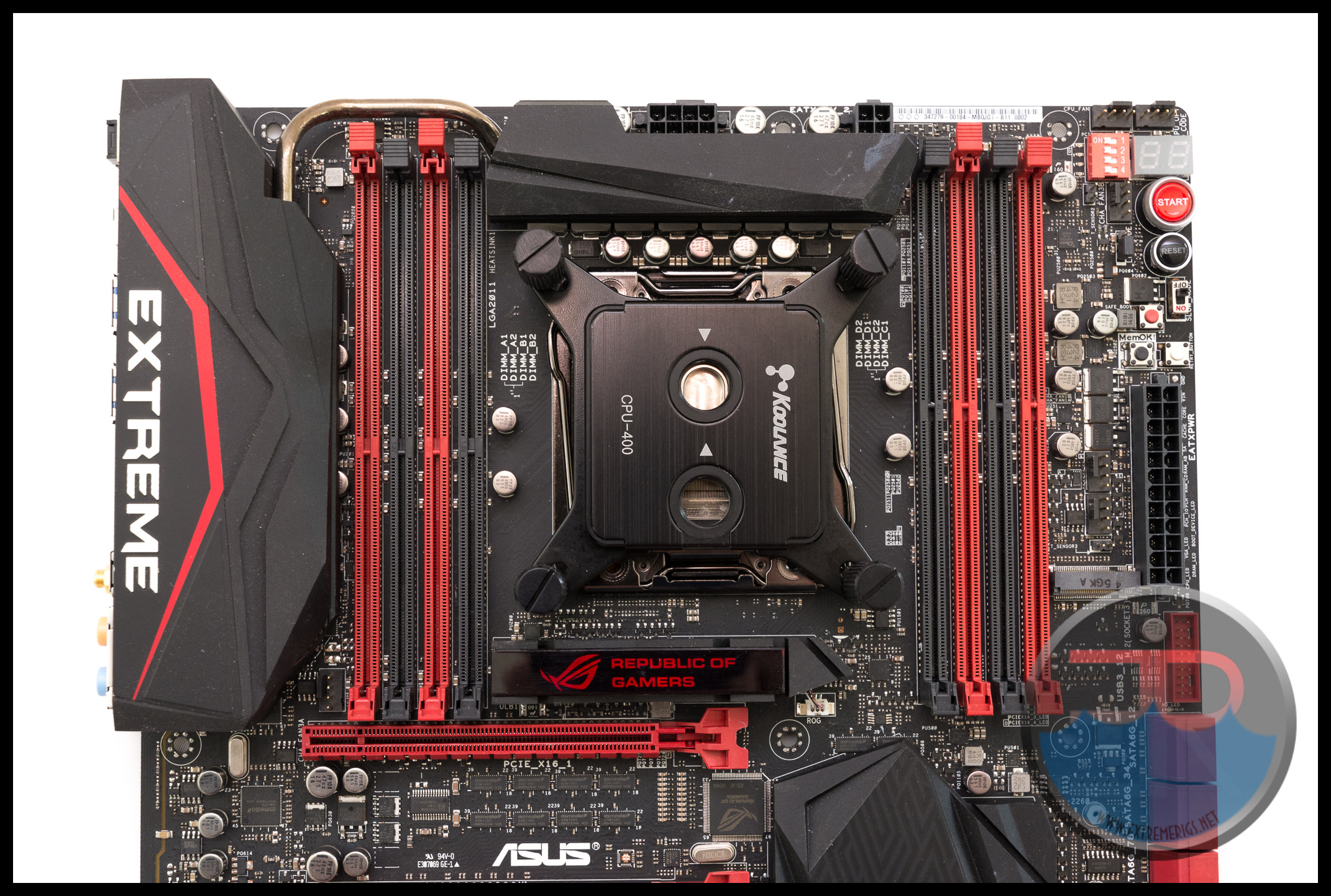
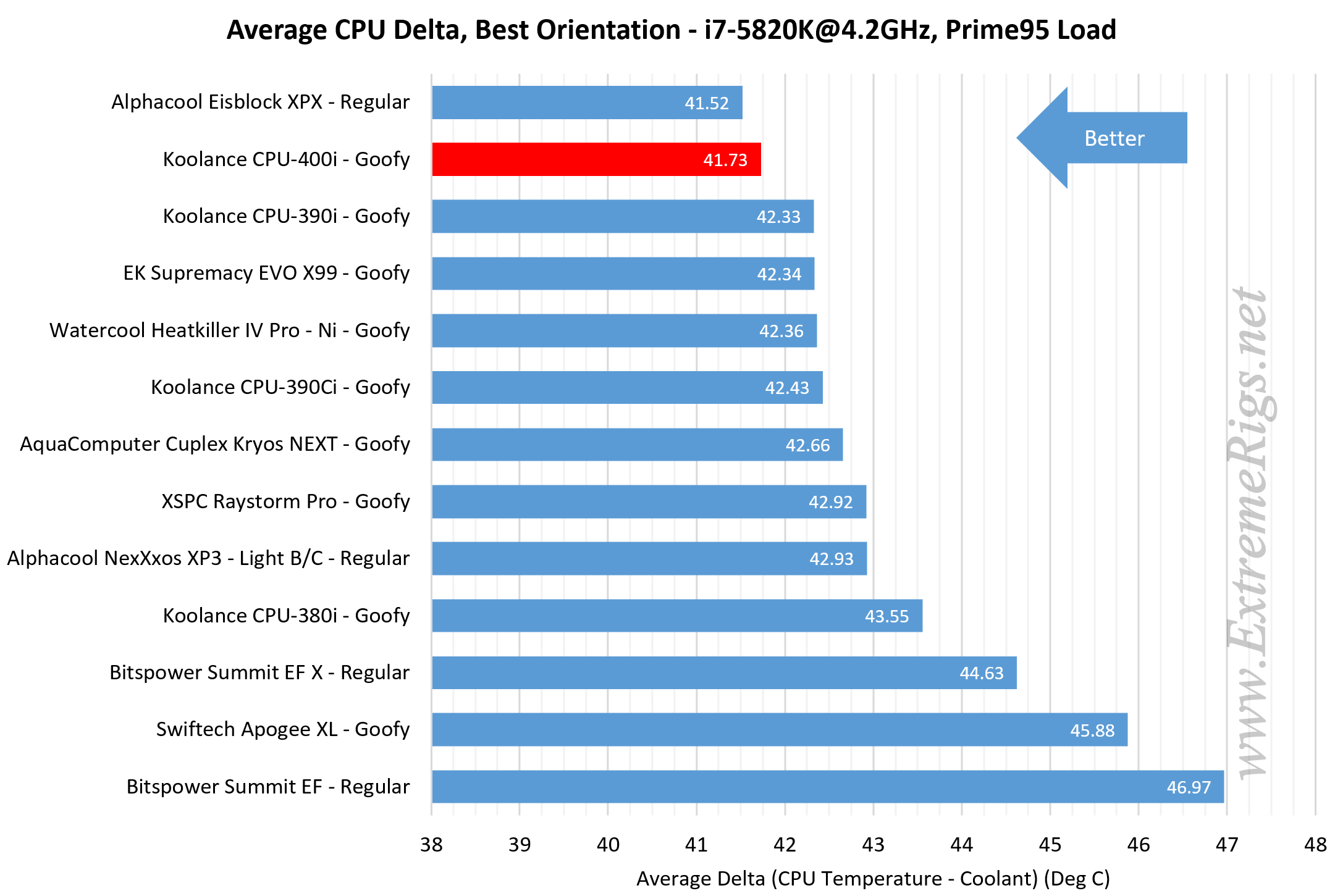
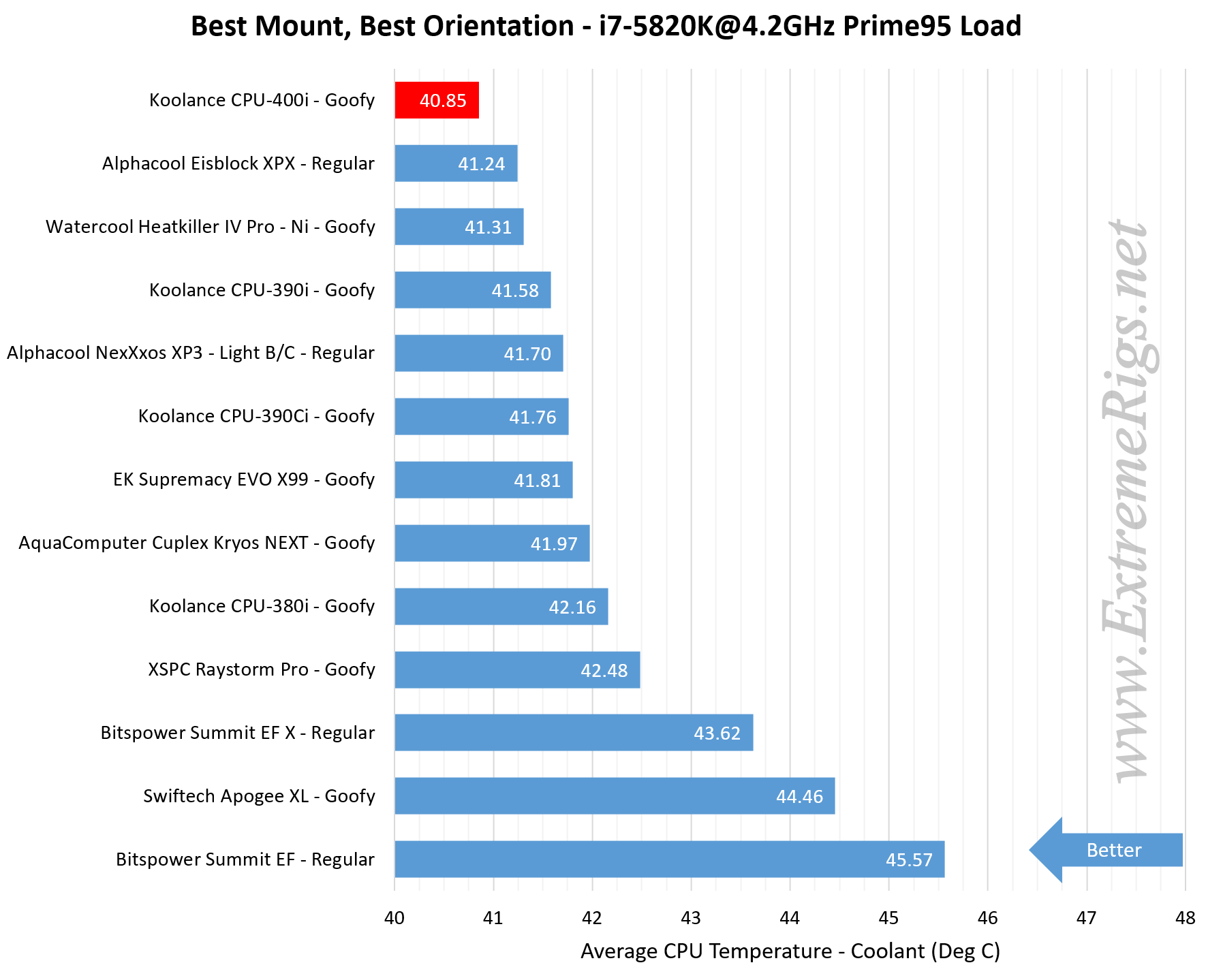
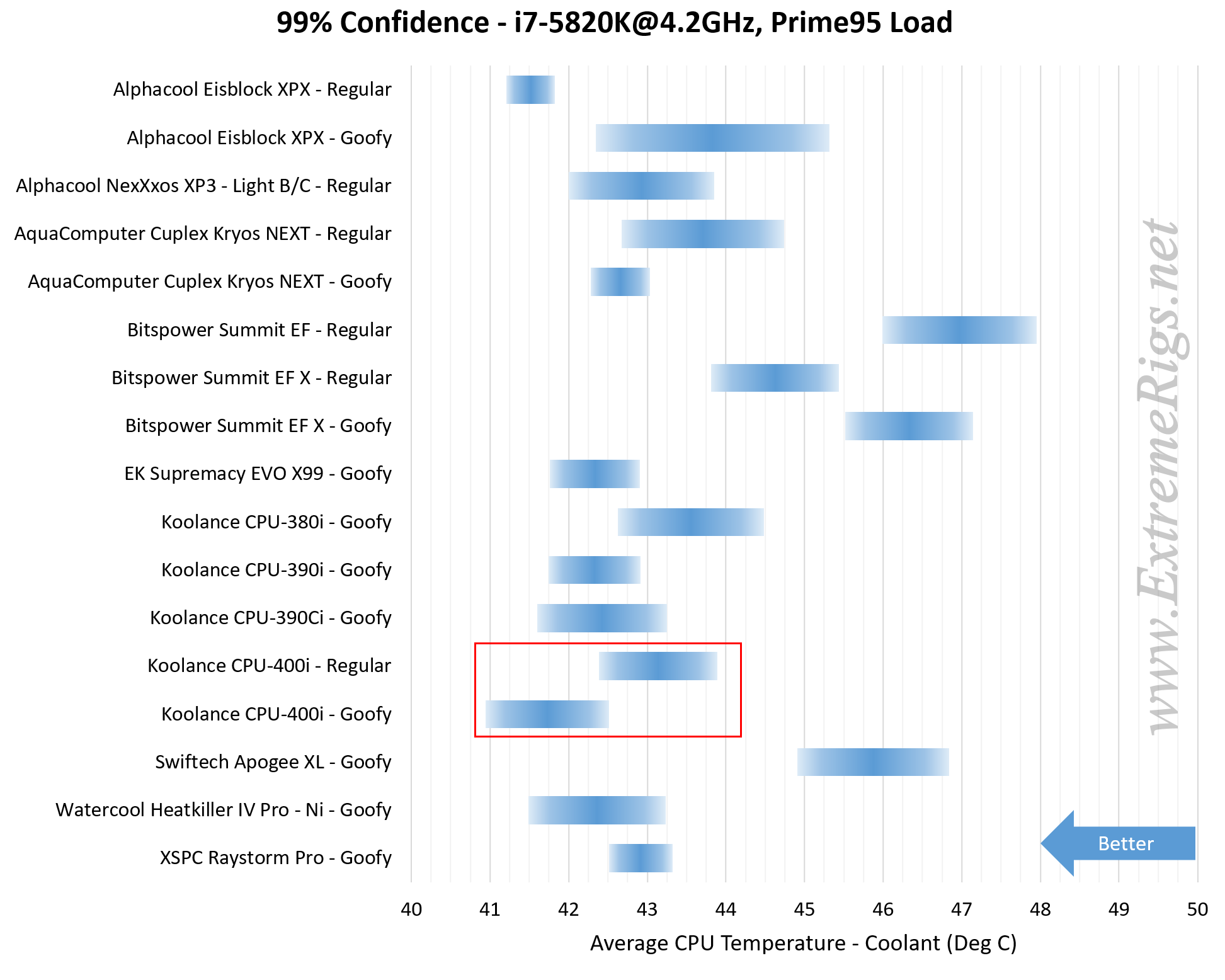
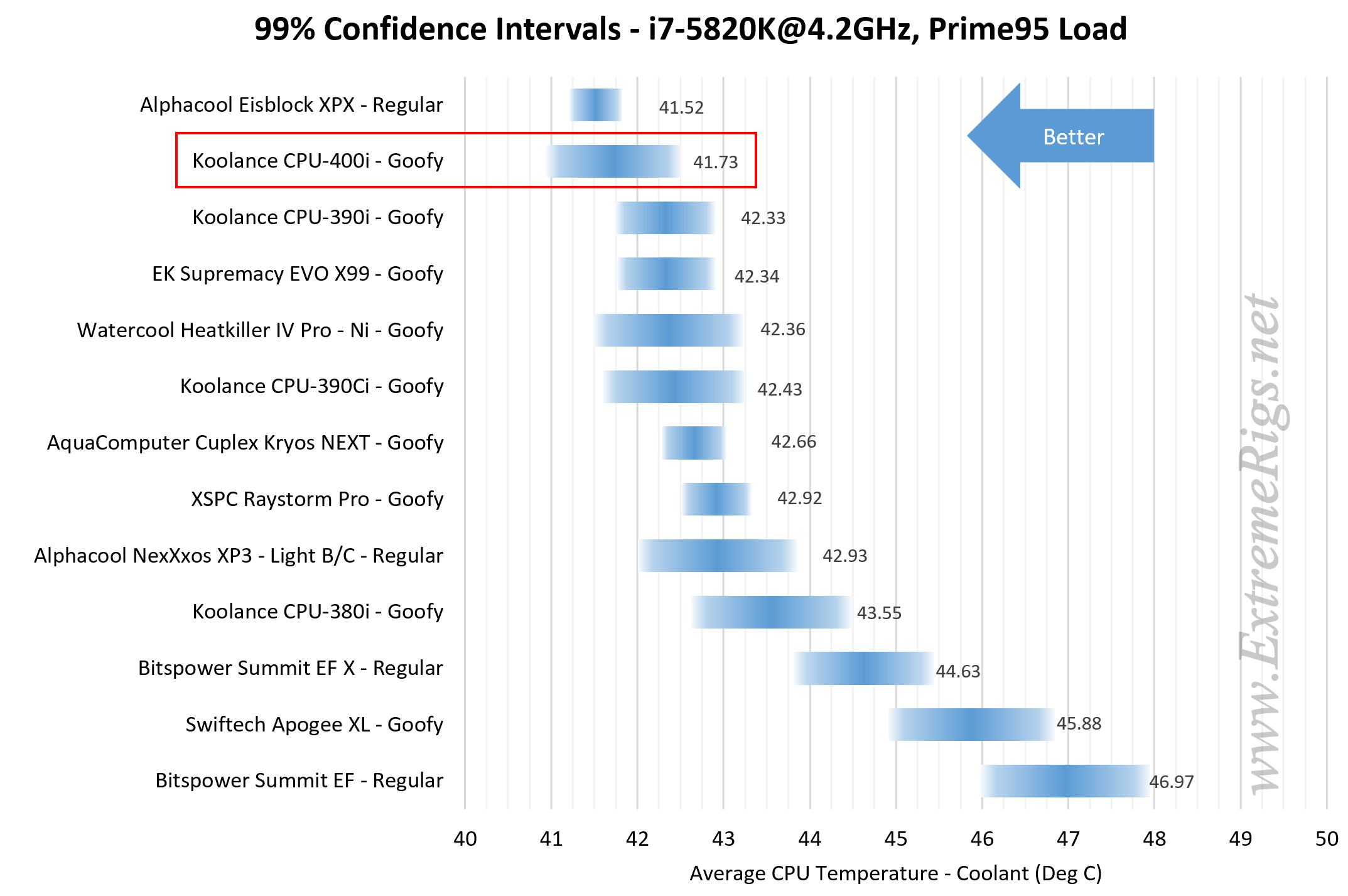
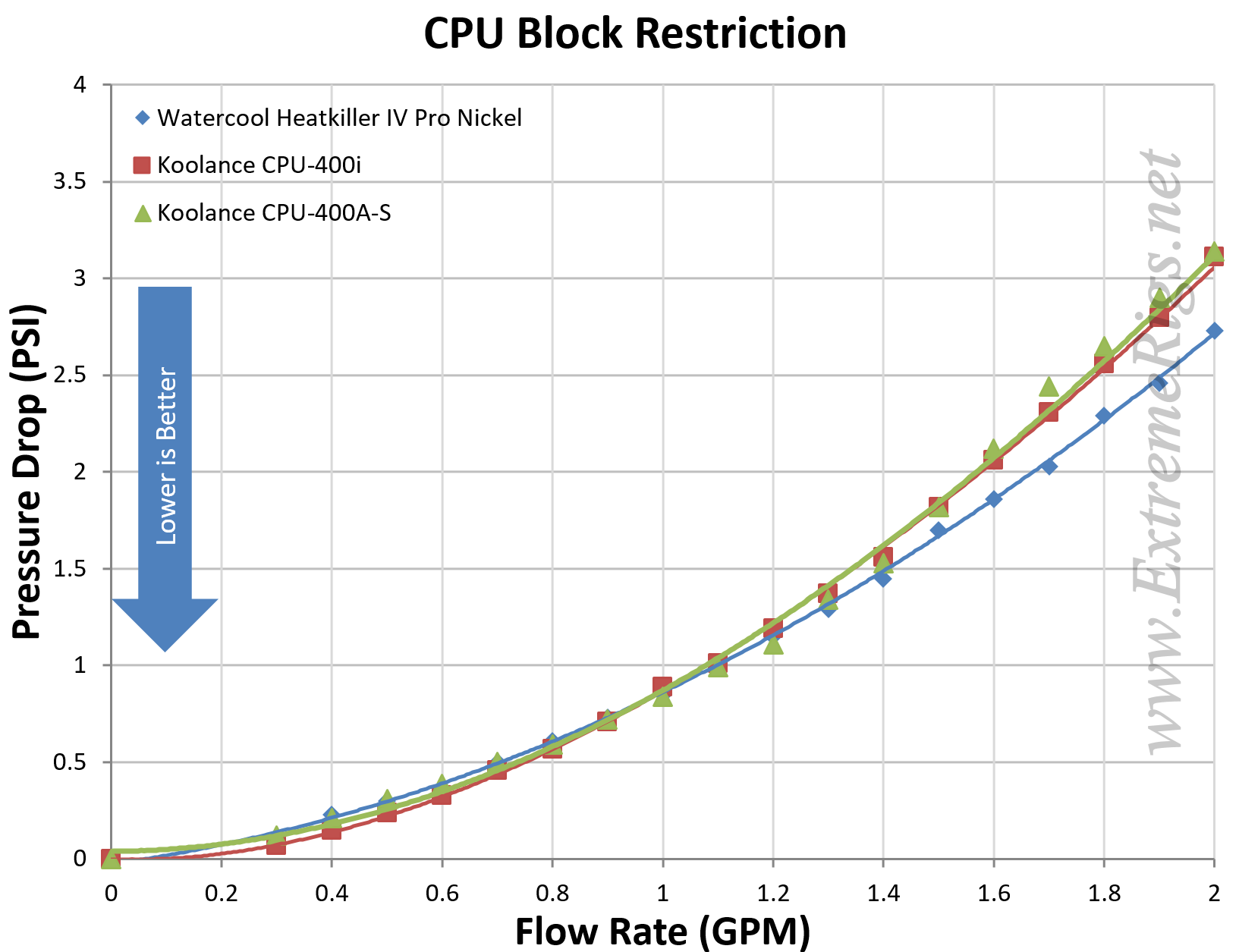
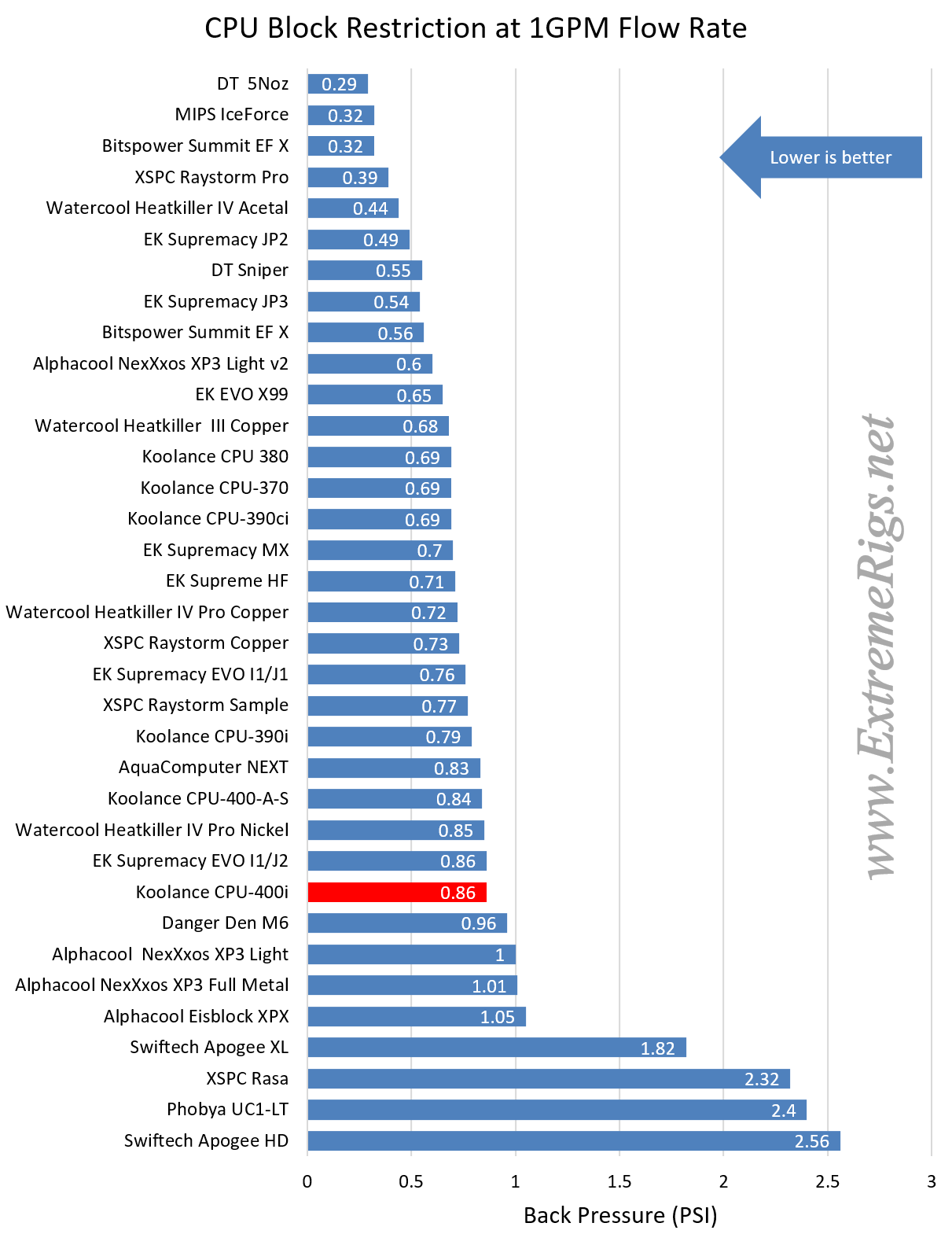



Looks like stagnation. Pretty much all blocks from last few years performs within the margin of error ~0,5-1 C
You can pick anything from the list and get high end performance
Yes I see it both ways really. Generally gains on Intel sockets are quite small now and the block are really well optimized with a few exceptions. Given that then it’s surprising when a company makes even small but noticeable gains. However in the big picture the difference between blocks can be far less than the impact of flow rate, TIM, loop order, cpu delidding, radiator area, airflow etc etc
Any chances to see updates for radiators roundup? It’s being for a while.
Especially for 420/480 big boys.
Comments are closed.